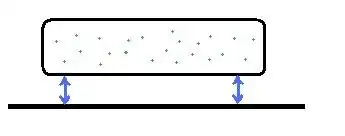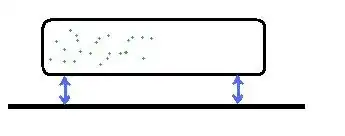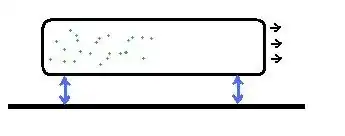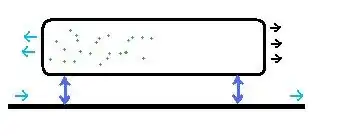Heat consists of random vibrations in a material. If a magnetic field connects two objects, then it creates a mechanical coupling between the two objects. Such a coupling will couple vibrations, therefore heat will be conducted by the magnetic field.
In practice, the effect will be very small, but given enough time, heat will be conducted by the magnetic field. The same applies to suspension by a combination electric and magnetic field.
This is not entirely incompatible with some of the other (wrong) answers. For example, since the suspended object is not at absolute zero, it is not possible for the magnetic field suspending it to be entirely static.
As an example, let's consider a superconducting metal container of gas suspended in a magnetic field:

Now suppose that the gas is at some non-zero temperature. Then there is a non-zero probability that the gas will concentrate onto one side:

In order for this to happen, assuming that the center of mass of the container remained constant, the metal part of the container had to have shifted in the opposite direction:

Assuming that the levitation is stable, a motion of the superconducting container must be opposed by the magnetic field. Thus the above motion is opposed by a force from the magnetic field. However, for every action there is an opposite and equal reaction (Newton's 3rd law), therefore there will be a corresponding opposing force on the suspension:

Therefore thermal motion in the suspended container will induce thermal motion in the base, hence there will be conduction of heat.



